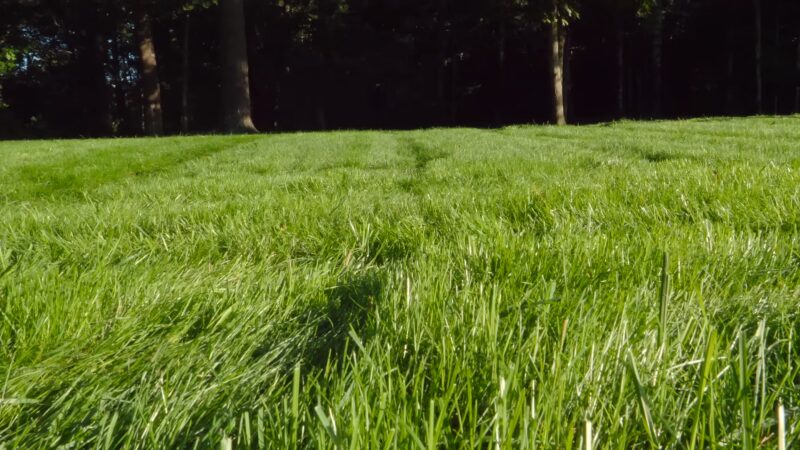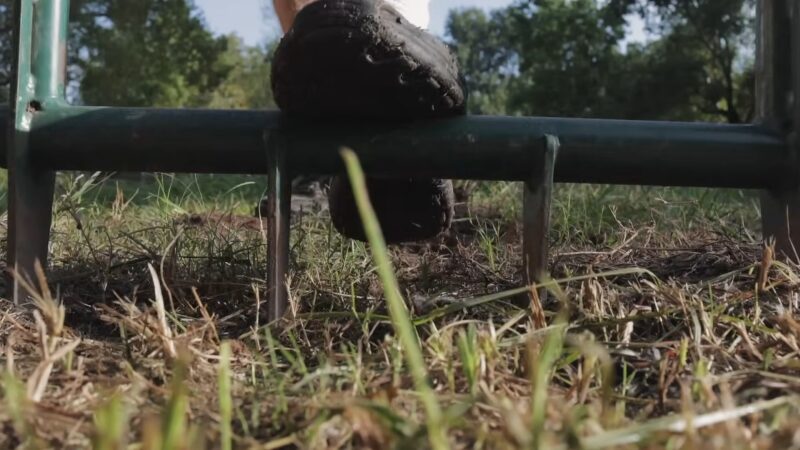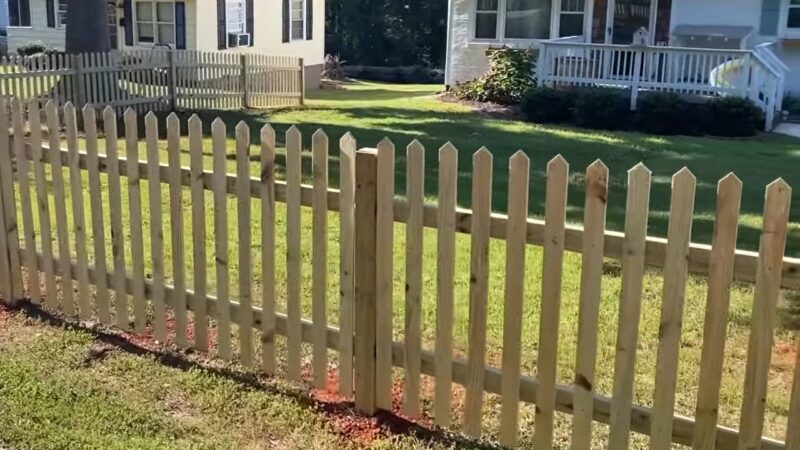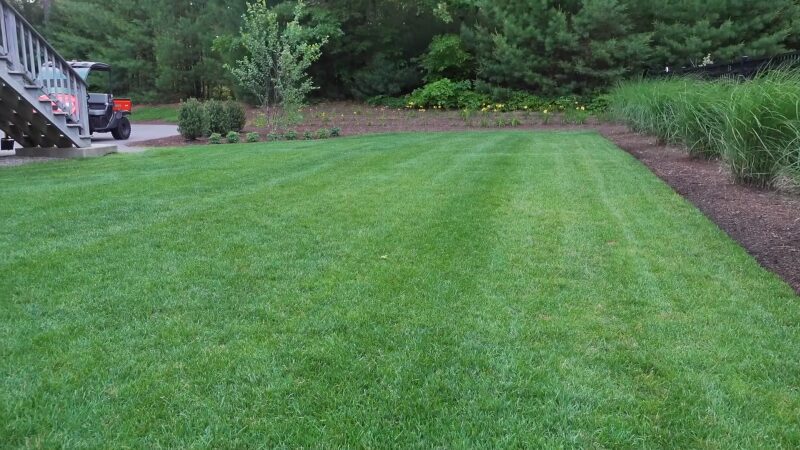Let’s be real. Most of us have been there: that backyard or garden you thought you’d turn into a picturesque retreat has turned into something out of an episode of Survivor.
The grass is tall enough to lose a small dog in, weeds are vying for world domination, and you’re pretty sure the neighbors are placing bets on when you’ll finally cave and hire someone.
But guess what? You don’t need to hire a squad of professionals to get your garden back under control. With a bit of effort and some sarcasm (both key ingredients in my book), you can wrangle that wild patch of chaos into something that resembles an actual garden.
1. Plan Before You Panic

Now, before you grab your hedge trimmer and go all Edward Scissorhands on your garden, take a deep breath. As tempting as it is to just start hacking away, there’s a smarter way to do this that doesn’t involve your neighbors dialing emergency services.
Walk around your garden. Take stock of the situation. What are you dealing with here? Is it an overgrown mess of trees, shrubs, and weeds? Or is there some structure hidden under that jungle? Start thinking about what you want to keep and what needs to hit the compost pile.
2. Let the Great Purge Begin, Tree Care Tips
Once you have a plan (because we’re grown-ups who do that now), it’s time for the fun part. Clearing the debris and reclaiming your land like some modern-day garden conquistador. If you’re lucky, you’ll only have to deal with dead branches, leaves, and maybe a random garden gnome or two.
For those less fortunate, bring out the big guns. I’m talking shears, chainsaws, and—if necessary—stump grinders. Those bushes that have taken up half your yard? Yeah, time for them to face reality.
Once you’ve cleared the worst of the overgrowth, you might need a bit of extra help reaching those tricky high spots or dense tree branches.
In situations like this, investing in specialized equipment such as a spider lift can be a real game-changer—especially for maintaining trees or other tall structures.
An articulated boom lift, spider lift or telescopic boom lift is a perfect solution for majority tree care tasks. Specifically designed for high-altitude works, spider lifts are able to provide comfortable access to the tops of tall trees in narrow garden spaces. You can explore more about articulated boom lift capabilities at https://sts-global.com/stories/spider-lift.
3. Weeds, the Cockroaches of the Garden
Weeds. They’re the annoying relatives of the plant world—uninvited, relentless, and incredibly hard to get rid of. You’ve pulled them before, and guess what? They’re back.
And they’ve brought friends. But don’t lose hope just yet. With a little elbow grease, you can show them who’s boss.
Grab a hoe, a trowel, or heck, just use your hands if you’re feeling brave. The key here is to get the whole root out, or they’ll be back faster than you can say “Roundup.”
If you’re not into chemicals (because who needs to add more chaos to this world?), consider laying down some landscape fabric or organic mulch to keep them at bay.
4. Cut the Shrubs Some Slack
Alright, maybe not all of the plants in your jungle deserve exile. Some might just need a little haircut. Pruning overgrown shrubs and bushes can bring them back from the dead and even make them look somewhat presentable.
Don’t go overboard though—think of it like giving them a fresh, modern look instead of a buzzcut. Plus, getting rid of dead branches allows more light to hit the garden, which might encourage the smaller plants to rise from the ashes.
And if some of those plants are really pushing their luck, dig them up and give them away. You’ll be doing yourself a favor, and your neighbor will think you’re so generous.
5. Soil

You wouldn’t bake a cake without good ingredients, so why are you trying to grow plants in compacted, nutrient-deprived soil? After all the weeding, chopping, and general chaos, it’s time to get down and dirty—literally.
Grab a garden fork or tiller and start loosening up that soil. This will allow air and water to circulate better.
To effectively lower soil pH, consider adding about one part peat moss to every three parts of soil, as it can enhance acidity and improve plant growth.
Throw in some compost or organic mulch to refresh the soil, and voila—you’ve laid the groundwork for a lush, healthy garden. Avoid fertilizers if you can; your garden deserves better than a chemical fast-food diet.
6. Time for a Garden Glow-Up
Now that the jungle has been tamed and your soil is on point, you can start thinking about the fun stuff: what do you want this garden to look like? Wildflowers? Neat rows of veggies? A Zen rock garden where you can contemplate your life choices?
Use pathways, stepping stones, or even patches of mulch to separate the different sections. Not only does this make your garden look like you actually planned it (because you did), but it also helps control future overgrowth. Plants need boundaries too, you know.
7. Make It a Place You Actually Want to Be

Now, I get it. The idea of lounging in your garden after a day of pulling weeds and battling shrubs might seem laughable, but trust me, it’s worth it.
Adding a bench, a hammock, or even just a few chairs can turn your once-dreaded outdoor space into a mini oasis. Not to mention, it gives you a perfect spot to sit and watch your garden stay, well, not overgrown.
If you’re feeling fancy, throw in a birdbath, a trellis, or even a garden sculpture. It’s your space—own it.
8. Don’t Let Your Garden Go Rogue Again
Congrats, you’ve beaten the garden jungle into submission. Now, to avoid falling into the same trap of neglect, it’s all about maintenance.
Set a routine for weeding, pruning, and mowing. And no, “eventually” doesn’t count as a timeline. Be proactive here—a little bit of effort every week will keep you from having to go full-on gardener apocalypse again.
9. Critters (The Good, the Bad, and the Ugly)

Let’s face it. Your garden isn’t just your domain—critters will want to claim it too. Some of them are fine (hello, bees!), while others (looking at you, slugs) are just there to ruin your hard work.
Install barriers like fences or netting if necessary, and encourage wildlife that helps your garden flourish. Pollinators like butterflies and birds are a gardener’s best friend. Just be sure to keep the more destructive critters from treating your garden like a buffet.
10. Garden Gadgets
There’s an app for everything these days, so why not your garden? If you want to take things up a notch (and make life easier), consider investing in some garden tech.
Automated irrigation systems, smart moisture sensors, or even a robotic lawnmower can save you hours of manual labor. And let’s be real, they’re kind of cool.
Summary
So there you have it. Reclaiming your garden doesn’t have to be some impossible feat that requires an army of professionals or a three-week retreat to a Zen monastery to prepare.
All it takes is a little planning, some honest hard work, and a routine to keep the chaos from creeping back.
Related Posts:
- Creating a Pollinator-Friendly Garden That’s Both…
- Vasectomy Regrowth Signs: What You Need to Know!
- How Does a Greenhouse Work? Everything You Need to Know
- What Causes White Spots on Cucumber Leaves and How…
- Tapping Maple Trees for Beginners - Everything You…
- Is That Gardening Tip Legit? Why You Should Be…









